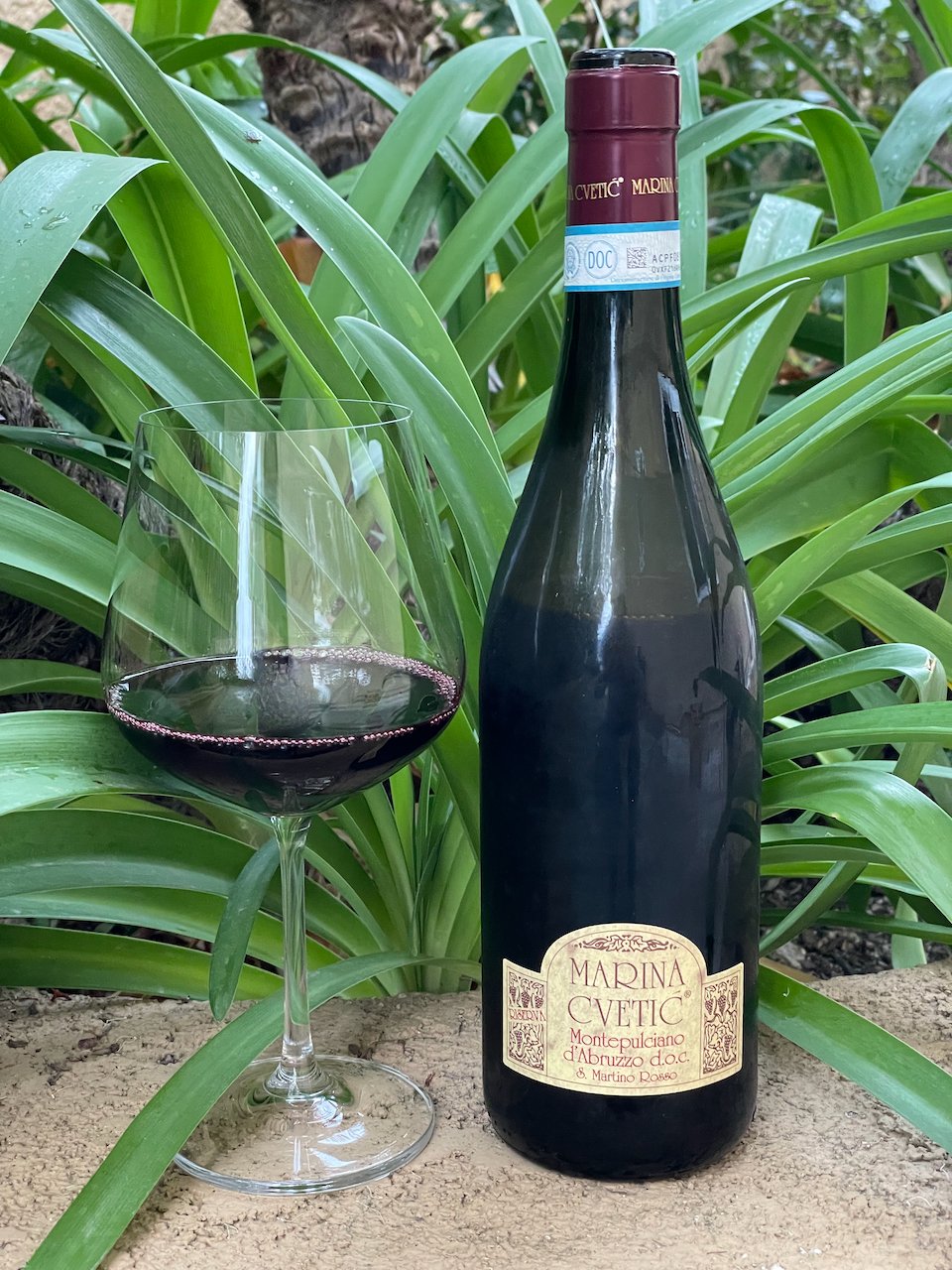Photo by Andrew Seaman on Unsplash
While heat can be a bottle of wine’s biggest enemy, it turns out that light can also do damage.
The biggest source of light damage comes from a bottle being exposed to too much sunlight and its harmful ultraviolet (UV) rays. But even fluorescent lights in a store or in your home can be damaging.
Now, there are many variables as to how much damage can occur including how much time the bottle is exposed to the light, the type of wine in the bottle and the bottling material.
The damage that occurs to a bottle of wine occurs over time and can dull the fruit flavors in the wine or, worst case, results in some unpleasant smells being generated in the bottle as the wine undergoes chemical changes as a result of the interactions with the rays of light.
In general, it’s important to protect your wine from exposure to ultraviolet light. White wines, sparkling wines and rosés are more susceptible to damage than reds. And, to compound the problem, many white wines and rosés are bottled in clear glass that provide little to no protection to the wine.
Green glass bottles provide greater protection than clear glass, but amber or brown glass is an even greater safeguard. But, unfortunately, white wines and rosé wines are usually sold in clear glass so as to show off their color.
You’ve probably seen shelves of bottled wine in store-front windows. And, you certainly seen shelves of wine in stores with fluorescent lighting. Sunlight can do damage quickly while indoor fluorescent lighting’s harmful effect occurs over time.
So, don’t buy wines that have been sitting in store-front windows. And, shop for bottles of wine in stores that have a good turnover of their stock since the lighting and the store temperature can take a toll.
While there is no one answer for how much light equates to damage, it’s best to play is safe and only store wines for extended periods of time in the coolest, darkest part of your house. Then, enjoy all the fruit flavors that the winemaker intended for you to experience. Cheers!






